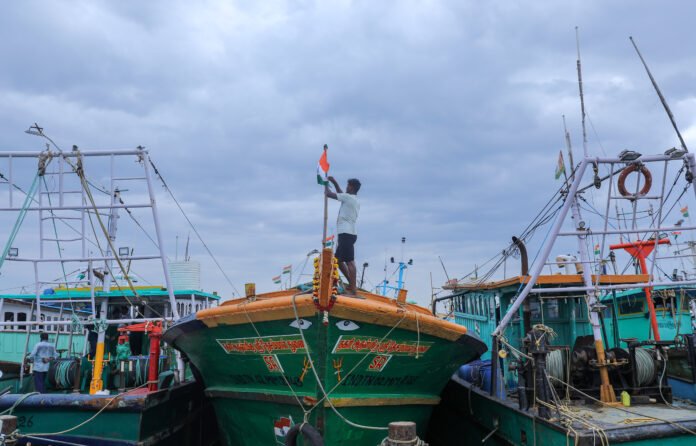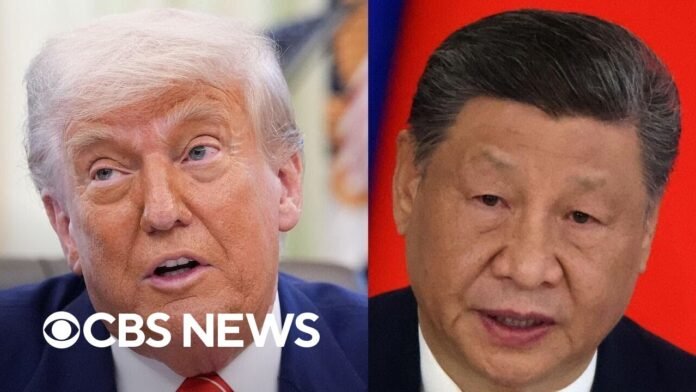India’s coast is about to unlock a huge new food source. A fresh report from NITI Aayog says the country’s Exclusive Economic Zone (EEZ) – the deep‑water ocean area that stretches beyond the continental shelf – could hold up to 7.16 million tonnes of deep‑sea fish that are currently untouched. The study, titled “India’s Blue Economy: Strategy for Harnessing Deep‑Sea and Offshore Fisheries,” was released on Monday and points to big chances for higher exports, more jobs and less strain on coastal fish stocks – all while protecting the marine environment.
Why deep‑sea fishing matters to India
India’s EEZ covers more than 2 million square kilometres of ocean, and its 11,098 km coastline runs through nine states and four Union Territories. This breadth means the country could move its fishing industry from coastal waters into the deep sea, tapping a resource that most other nations take for granted but India has not fully explored. Deep‑sea fisheries could become a major driver of the blue economy – the economic activities that use the ocean, such as fishing, marine biotechnology and tourism – and could lift India to the forefront of sustainable seafood production worldwide.
The report’s seven‑step plan
To turn this potential into reality, NITI Aayog outlines a clear framework that covers regulations, technology, and community participation. The plan focuses on six policy levers:
- Policy overhaul – Modernize rules so that deep‑sea fishing is easier to manage without harming ecosystems.
- Institutional strength – Build better governance by training staff and creating new agencies dedicated to offshore fisheries.
- Fleet and infrastructure upgrades – Replace old boats, install advanced navigation, and build ports that can support deep‑sea operations.
- Sustainable management – Adopt science‑based quotas, monitor stock health and use data to avoid overfishing.
- Financing and investment – Mobilize both public and private capital and provide clear funding pathways for new fishing ventures.
- Community engagement – Encourage fisher cooperatives and local groups to own and operate modern vessels, turning small fishing hubs into collective enterprises.
The report calls this an “inclusive fleet development” model, which means fishermen will have shared ownership and benefits, rather than a handful of large companies controlling the market.
Three stages of growth
NITI Aayog breaks the rollout into three phases:
- Phase 1 – 2025‑28 (3 years): Laying the groundwork and encouraging early adopters.
- Phase 2 – 2029‑32 (4 years): Scaling operations and reaching global competitiveness.
- Phase 3 – 2033 onward (8+ years): Positioning India as a leader in sustainable deep‑sea fisheries.
Alongside each phase, a costing framework aligns central fisheries schemes and local funding, ensuring the plan is financially realistic.
Community benefits and national impact
India is the world’s second‑largest fish producer, responsible for about 8 % of global catch. The fisheries sector sustains nearly 30 million people and generated Rs 60,523 crore in exports in FY 2023‑24. By turning to deep‑sea fishing, India can keep coastal fish stocks healthy, while giving inland communities new job opportunities in port towns, research hubs and marine engineering.
Key workshop and stakeholder engagement
Alongside the report launch, NITI Aayog hosted a workshop with 18 institutions. Speakers from coastal states such as Goa, Gujarat, Lakshadweep, Maharashtra, Odisha and Tamil Nadu presented their state strategies. A panel discussion followed, tackling regulatory reforms, research needs, financing and capacity building. The dialogue underscored that policy change must be coupled with real‑world implementation.
Looking ahead
The blueprint promises to strengthen governance, spur innovation and bring together governments, businesses and fishermen. By uniting policy reform, modern technology, sustainable practices and community ownership, India could set a global standard for deep‑sea fisheries. The move not only offers a boost in exports and employment, but also advances the nation’s blue economy vision, turning its oceans into a source of prosperity and ecological stewardship.
Source: ianslive
Stay informed on all the latest news, real-time breaking news updates, and follow all the important headlines in world News on Latest NewsX. Follow us on social media Facebook, Twitter(X), Gettr and subscribe our Youtube Channel.



